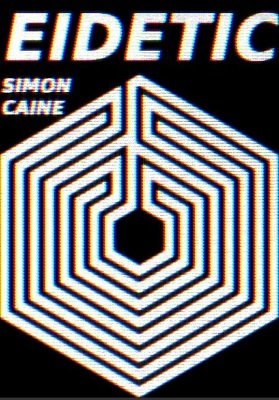

Zeman et al., 2010 see also, Botez, Olivier, Vezina, Botez & Kaufman, 1985). Aphantasia is still largely uncharacterized, with many of its studies based on case studies or employing small samples of individuals with congenital aphantasia ( Zeman et al., 2015 Keogh & Pearson, 2018 Jacobs, Schwarzkopf, & Silvanto, 2018 Brons, 2019 Dawes, Keogh, Andrillon & Pearson, 2020), with few case studies of acquired aphantasia (e.g. What is the nature of the images that come to mind when forming mental representations of absent items, and are these even visual in nature? What might these representations look like if one lacks visual imagery? Aphantasia is a recently characterized variation in experience, defined by an inability to create voluntary visual mental images, although semantic memory and vision is reported to remain intact ( Zeman, Dewar, & Della Sala, 2015 Keogh & Pearson, 2018). Visual imagery, the ability to form visual mental representations of objects or scenes that are not physically in front of us, is a common human cognitive experience, which has been difficult to characterize and quantify. The study also provides an important experimental validation for the existence of aphantasia as a variation in human imagery experience. This object-specific memory impairment in individuals with aphantasia provides evidence for separate systems in memory that support object versus spatial information. These differences between groups only manifested during recall, with no differences between groups during the matched perceptual condition. However, aphantasic participants showed high spatial accuracy equivalent to controls, and made significantly fewer memory errors.
Aphantasic participants recalled significantly fewer objects than controls, with less color in their drawings, and an increased reliance on verbal scaffolding. Drawings were objectively quantified by 2,795 online scorers for object and spatial details. Sixty-one individuals with aphantasia and matched controls with typical imagery studied real-world scene images, and were asked to draw them from memory, and then later copy them during a matched perceptual condition.

Here, we conducted a large-scale online study of aphantasia and revealed a dissociation in object and spatial content in their memory representations. Because of this specific deficit to visual imagery, individuals with aphantasia serve as an ideal group for probing the nature of representations in visual memory, particularly the interplay of object, spatial, and symbolic information. Congenital aphantasia is a recently characterized variation of experience defined by the inability to form voluntary visual imagery, in individuals who are otherwise high performing.


 0 kommentar(er)
0 kommentar(er)
